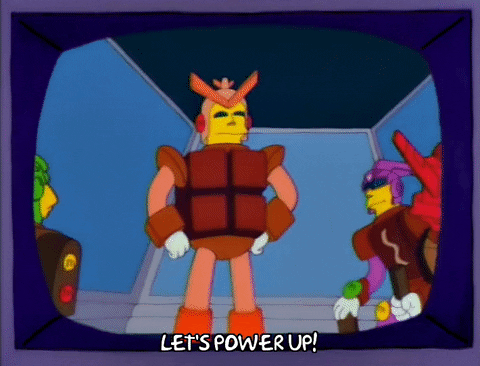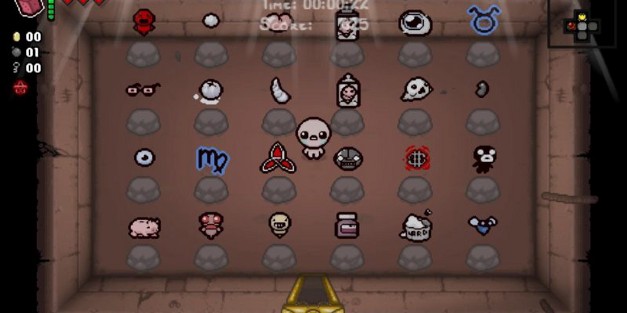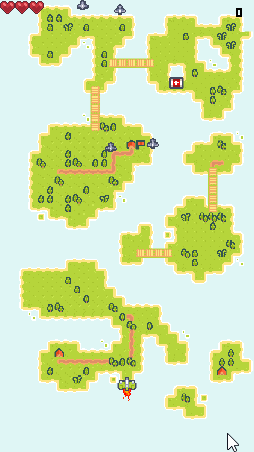
In this article we’ll talk about determining how long power ups should last when making your game. When you work on your game it won’t be long before you start tweaking your power ups, pick ups, or other collectibles and some of the most basic game design techniques involve just determining how long something should last.
First things first, determine the intent of your game. Do you want to make the player powerful? Do you want them to have brief respite? Is it temporary? Is it permanent? Does it have drawbacks? This will be your guiding principle when figuring out the parameters of your power-up.
Typically when adding power-ups the more often it appears the shorter it should last, the frequency should be representative of the length, meanwhile one that appears infrequently should last much much longer but ultimately the kind of game you make will determine how you approach power-ups.
In games like Binding of Isaac, players get power-ups that last the entirety of the game creating a much more powerful than at the beginning of the game sometimes at great cost or in exchange for something else. Smaller power ups like Tarot Cards are temporary or provide a one time boost but frequent.
Other games like Super Metroid use power ups as a form of progression to allow players to continue the game, tie into puzzles that unlock, or defeat specific enemies that previous were unbeatable.
In the Ataque I want players to feel powerful for playing well as they collect more powerups and survive as waves of enemies rush forward. As a result I made weapon drops infrequent but permanent. Meanwhile shield power ups are somewhat common only providing respite when players need them the most. They typically increase as the player gets closer to death while weapon power ups trickle in at a steady pace. Hopefully this article has given you some insight into how to structure your own power ups and encourage you to think about when, how long, and where you use them. Until next time, happy coding.



